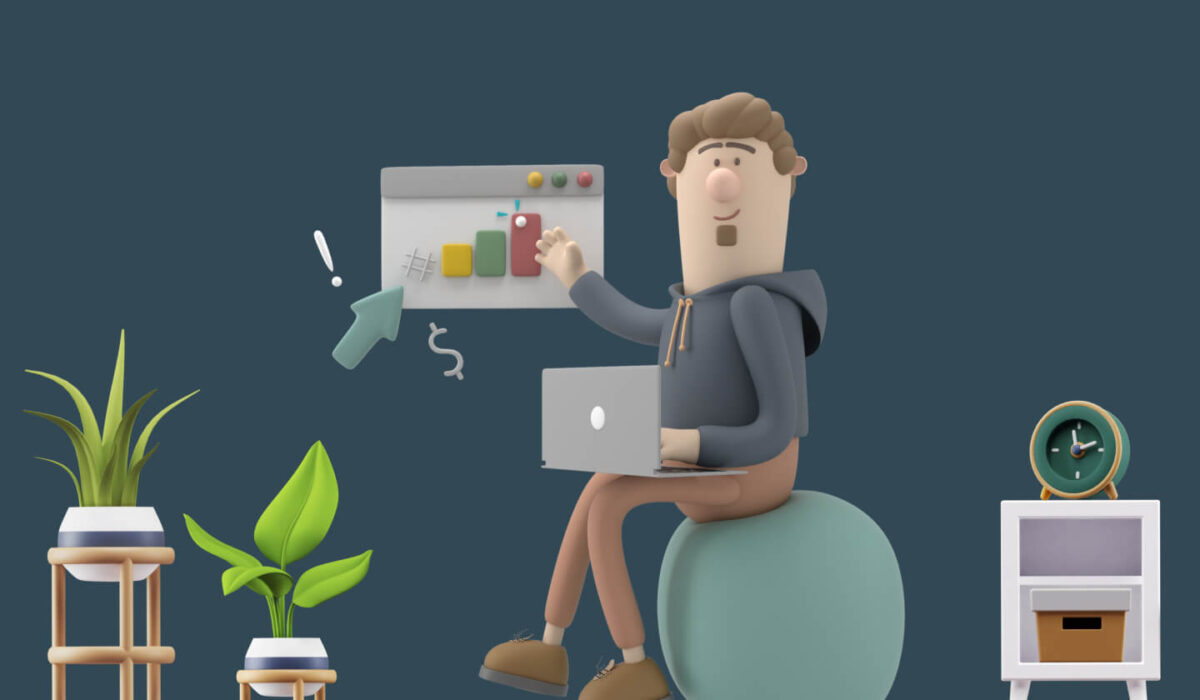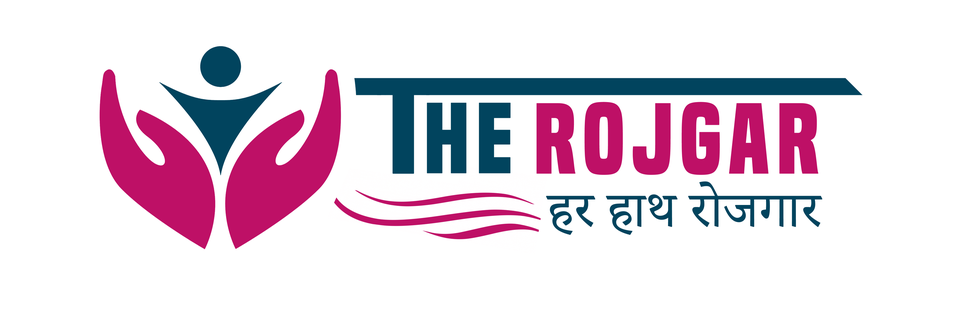What is discovery in web design? What questions to ask during discovery?

Discovery is the foundational phase in the conmigomedia web design process. It’s where designers and developers delve deep into understanding the client’s needs, goals, and target audience. This phase sets the stage for the entire project, ensuring that the final product aligns with the client’s vision and effectively meets user needs.
The Discovery Phase in web design: A Closer Look
During the discovery phase, a variety of techniques are employed to gather information and gain insights:
- Client Interviews: In-depth conversations with clients to understand their business objectives, target audience, and brand identity.
- Competitor Analysis: Evaluating the strengths and weaknesses of competitors’ websites to identify opportunities for differentiation.
- User Research: Conduct surveys, questionnaires, or user interviews to gather feedback on user needs and preferences.
- Site Audits: Analyzing existing websites to identify areas for improvement, such as usability, SEO, and performance.
- Keyword Research: Identifying relevant keywords to optimize the website for search engines.
Key Outcomes of the Discovery Phase
- Clear Project Goals: A well-defined set of objectives for the website.
- Target Audience Profile: A detailed understanding of the target audience’s demographics, behaviours, and preferences.
- Brand Guidelines: A comprehensive document outlining the brand’s visual identity, messaging, and tone of voice.
- Information Architecture: A structured framework for organizing website content.
- Wireframes and Mockups: Visual representations of the website’s layout and user interface.
Key Benefits of a Thorough web design Discovery Phase
- Reduced Risk of Scope Creep: A clear understanding of the project requirements minimizes the chances of unexpected changes and delays.
- Improved Project Timeline: A well-defined scope and clear expectations help to streamline the development process.
- Enhanced User Experience: By understanding the target audience’s needs, designers can create intuitive and user-friendly interfaces.
- Stronger Brand Identity: A thorough discovery phase helps to solidify the brand’s identity and messaging.
- Increased ROI: A well-designed website can attract visitors, generate leads, and boost sales.
Common Pitfalls to Avoid in the Discovery Phase
- Rushing the Process: Skipping essential steps or rushing through the discovery phase can lead to suboptimal results.
- Lack of Clear Communication: Miscommunication between the client and the design team can lead to misunderstandings and delays.
- Overreliance on Assumptions: Assumptions can lead to inaccurate design decisions.
- Neglecting User Research: Failing to understand the target audience can result in a website that doesn’t meet their needs.
Tools and Techniques for Effective Discovery
- User Interviews: Conduct one-on-one interviews to gather qualitative insights.
- Surveys and Questionnaires: Collect quantitative data from a larger sample size.
- User Testing: Observe users as they interact with prototypes or existing websites.
- Competitor Analysis: Identify strengths and weaknesses of competitors’ websites.
- Card Sorting: Organize website content into logical categories.
- Wireframing and Prototyping: Create visual representations of the website’s structure and layout.
What questions to ask during discovery?
A successful web design project starts with a thorough discovery phase. This involves asking the right questions to deeply understand the client’s needs, goals, and target audience. Here are some key questions to consider:
Business Goals and Objectives
- What are the primary goals of the website? (e.g., generate leads, sell products, provide information)
- Who is the target audience for the website? (demographics, interests, behaviors)
- What are the key performance indicators (KPIs) for measuring success? (e.g., website traffic, conversion rates, sales)
- What is the budget for the project?
Brand and Messaging
- What is the brand’s mission and vision?
- What is the brand’s unique selling proposition (USP)?
- What is the desired brand voice and tone?
- Are there any specific brand guidelines or style guides to follow?
Website Functionality and Content
- What are the essential features and functionalities required for the website?
- What types of content will be featured on the website (e.g., blog posts, product pages, case studies)?
- How will the website be organized and structured?
- What is the desired content management system (CMS)?
User Experience and Design
- What is the desired user experience for the website?
- Are there any specific design preferences or requirements?
- How important is mobile-friendliness and responsiveness?
- What is the desired level of customization and personalization?
Technical Considerations
- Are there any specific technical requirements or limitations?
- What is the preferred hosting and domain name provider?
- Are there any particular security concerns or compliance requirements?
Marketing and SEO
- What are the primary channels for promoting the website? (e.g., social media, email marketing, SEO)
- Are there any specific SEO Services or SEO goals or keywords to target?
- How will the website be integrated with other marketing channels?
By thoroughly understanding these elements, designers and developers can create websites that are visually appealing, highly functional, and user-friendly.








